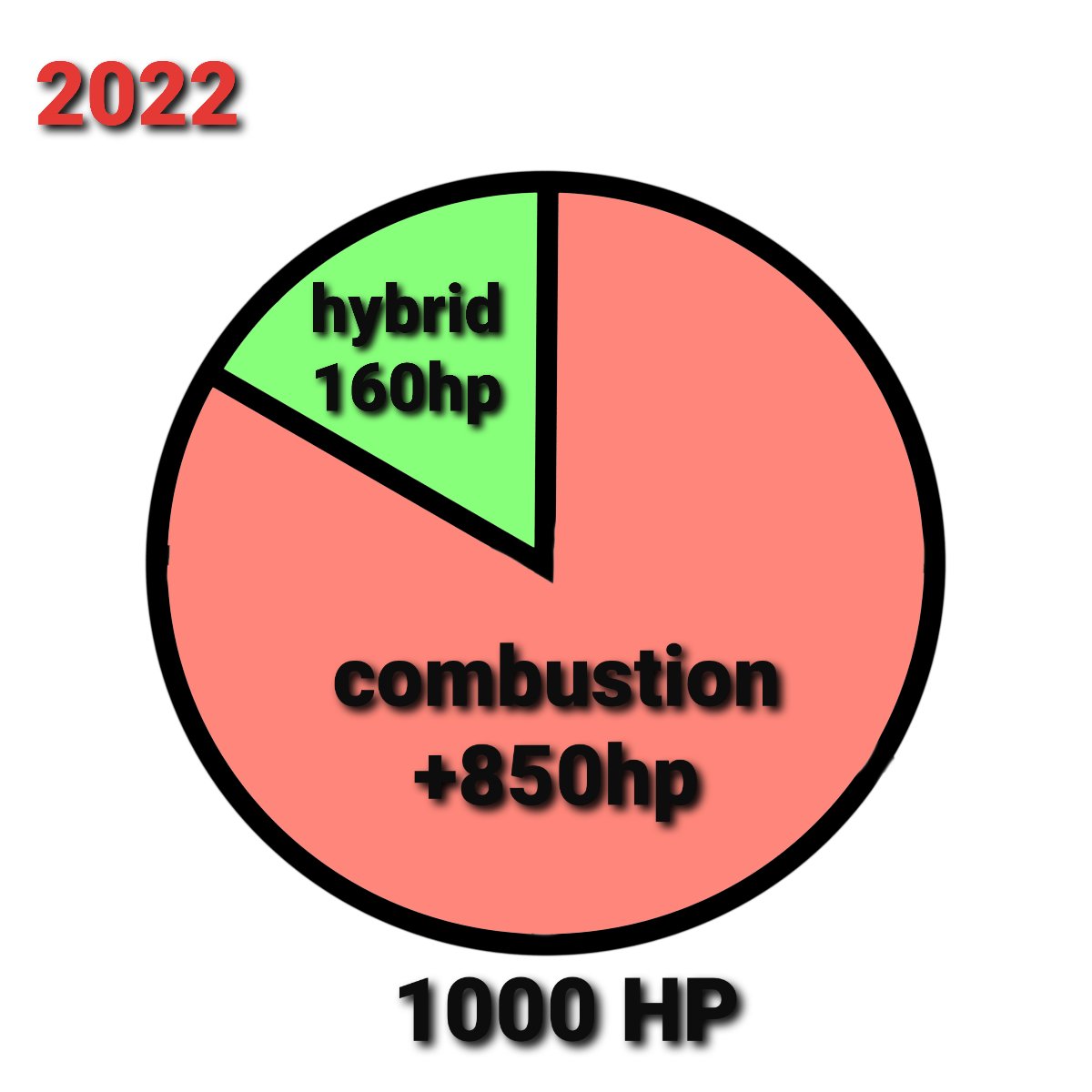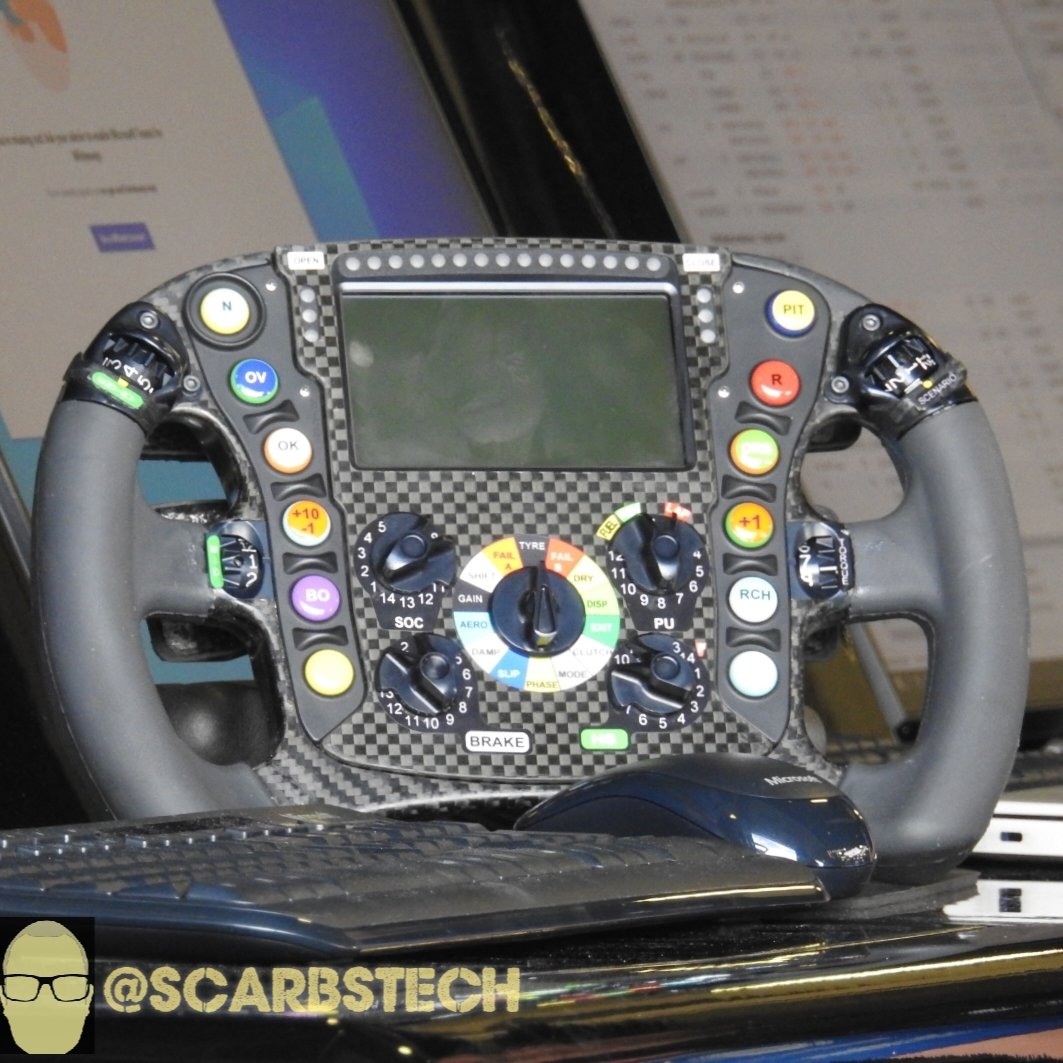
Other details on the @MercedesAMGF1 #W14 the front wing endplate.
For 2022 the endplate was made larger and straighter to reduce the outwash turbulence it created for the car behind.
So Merc created a cutout to create outwash, but this was banned over the winter.
#F1 #F1Tech

For 2022 the endplate was made larger and straighter to reduce the outwash turbulence it created for the car behind.
So Merc created a cutout to create outwash, but this was banned over the winter.
#F1 #F1Tech


To be legal, the wing tips must meet the endplate in a specific orientation. Merc have done this with small legality parts connecting the two, as well as adding an extra fin.
Which all allows the large cut out.
#F1 #F1Tech
Which all allows the large cut out.
#F1 #F1Tech

To the left is what the FIA envisage for this area, to the right is the big hole Merc have effectively created.
Allowing more airflow to pass down and outwards thru the cutout.
#F1 #F1Tech
Allowing more airflow to pass down and outwards thru the cutout.
#F1 #F1Tech

This is useful is to control the front tyre wake.
A lot of turbulence in the form of vortices is formed around the tyre. These pass back along the car & ruin the diffuser performance.
The Merc cut out is aimed at the lower vortex.
While the strake & upper tip work on the others

A lot of turbulence in the form of vortices is formed around the tyre. These pass back along the car & ruin the diffuser performance.
The Merc cut out is aimed at the lower vortex.
While the strake & upper tip work on the others


• • •
Missing some Tweet in this thread? You can try to
force a refresh













































